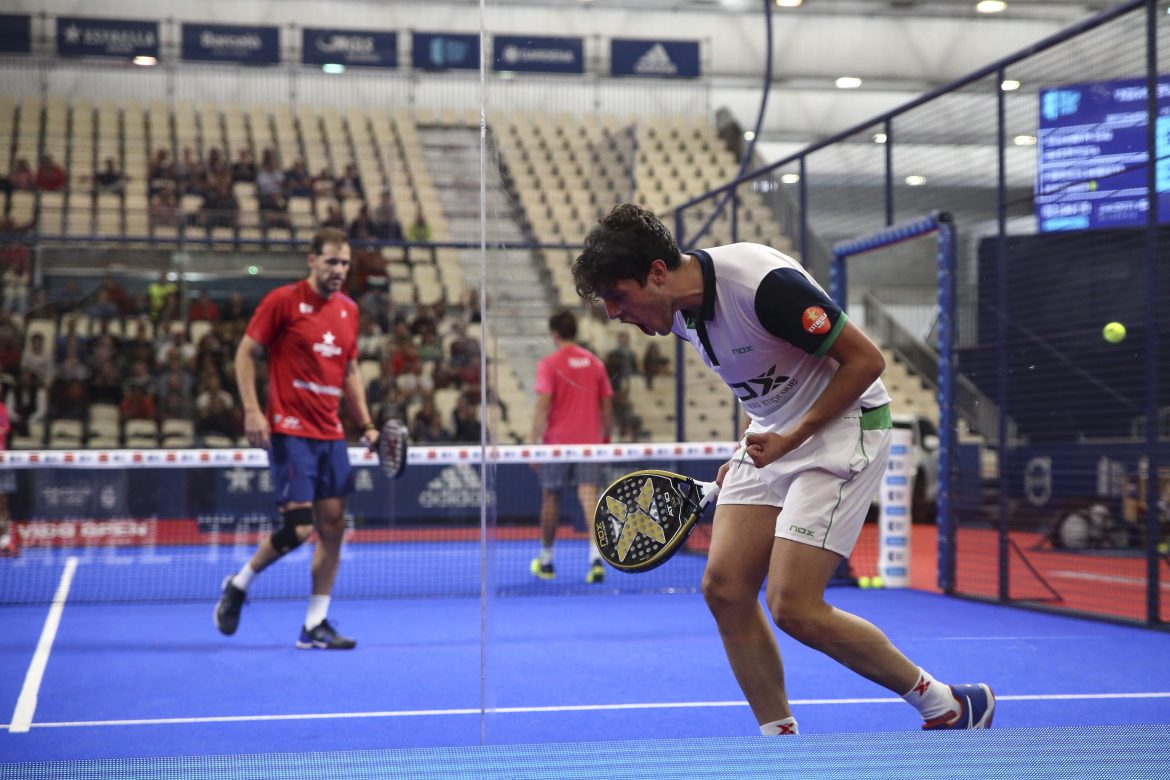Whether you’re a beginner or an experienced player, understanding the rules of padel is crucial, especially if you plan to take part in competitions. This article will cover the basic rules of competitive padel to ensure that you are well prepared before you take to the court.
Format of competitive padel matches
In competition, padel matches are generally played in doubles, although singles tournaments do exist. A full match is played in two winning sets, each set consisting of standard games with a difference of two points to win a game.
The padel serve
The padel serve is an essential component in getting each point off to a good start. Here are the rules specific to the serve:
- The server must stand behind the service line.
- The serve must be diagonal.
- The server must bounce the ball behind the service line before hitting it.
- The ball must be hit below the waist.
- The serve must land in the opposite service area, without touching the side fences before bouncing.
A faulty serve gives the opponent a point or the server a second chance, depending on the circumstances.
Bounces and walls in Padel
Unlike other racket sports, padel uses walls to increase game strategies. Players can hit the ball off the walls after it has bounced once into their own court. Here are some key points:
- After the bounce, the ball can hit the walls without being considered a foul.
- The walls can be used to recover difficult balls.
- Beware of multiple bounces: if the ball bounces twice before being played, the point is lost.
Fouls and lets in padel
Here are some common foul situations:
- The ball hits the grid before bouncing into the service area.
- The ball hits a player or their equipment before bouncing.
- The ball does not bounce in the playing area, but hits the opponent’s walls directly.
Let” situations (replaying the point) generally occur in the event of external interference or if the ball hits the net while being served but lands in the correct service area.
Side changes
Side changes occur at the end of each set. Teams also change sides every six games if a match goes into the third set. This change helps to balance the playing conditions, such as the effect of wind or sunshine.
The score
The padel scoring system follows the same rules as tennis:
- 15 for the first point won.
- 30 for the second point.
- 40 for the third point.
- The game is won when a team wins the next point after 40, or in the event of a tie at 40 (“tie”), the team must win two consecutive points to win the game.
Sets are won by the team that wins six games with at least a two-game difference. If the teams are tied at 6-6, a tie-break is played.
The tie-break
The tie-break is a decisive game used to decide the tie when the score reaches 6-6. The first team to reach seven points with at least a two-point difference wins the set. Here are a few rules to remember:
- The team that served second starts the tie-break.
- Players change sides after every sixth point.
- Each player serves two consecutive points, except the first player, who serves only once.
Behaviour in competition
In competition, fair play is just as important as understanding the rules. Players must :
- Respect their opponents, partners and referees.
- Follow the referees’ decisions, even if they disagree.
- Avoid arguing or displaying unsporting behaviour.
These rules ensure not only fair competition but also enjoyment of the game.
Choosing the right equipment
Playing competitively requires specific equipment to optimise performance on the padel court.
- The racket: Choose a racket suited to your level and style of play. Different models offer different advantages in terms of control, power and manoeuvrability.
- Balls: Padel balls must comply with official standards to ensure optimum bounce and durability.
- Shoes: It is crucial to have specific shoes for padel, offering good support and grip on synthetic grass or clay courts.
- Clothing: Choose comfortable clothes that allow plenty of freedom of movement.
The right equipment can make a big difference to your performance, so don’t underestimate this choice. Now that you’re familiar with the essential padel rules for playing competitively, you’re better prepared to face your opponents on court. Respecting the rules and understanding the strategic aspects of the game will help you improve your performance and maximise your enjoyment of the game. Good luck in your future competitions! For all your padel equipment, visit our Bandeja Shop online shop.

